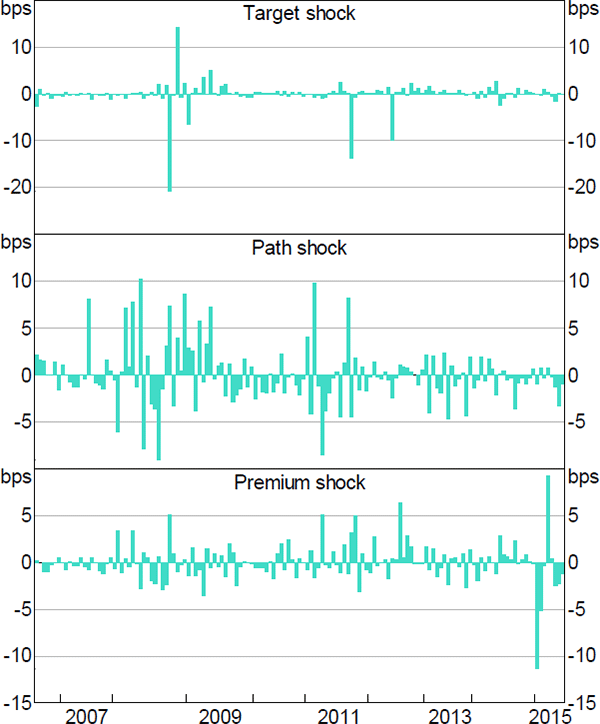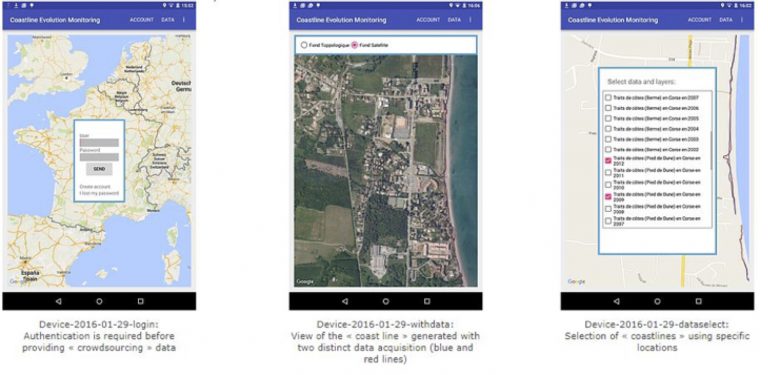

Reimer gives economic foundations to the virtual water concept through the international trade theory of Heckscher-Ohlin-Vanek, according to which commodity trade can be seen as an implicit exchange of the factors of production “embedded” in the commodities in line with the interpretation of the factor content of trade.


The virtual water concept has been originally proposed by Allan basing on the observation that food import of water scarce countries implies an import of the water “embedded” in the traded commodities. These numbers shed light on the pressure of mankind on global freshwater resources and justify the increasing interest towards this form of environmental impact, usually known as water footprint, which quantifies humans’ appropriation of freshwater resources. When commodities are traded, the water used for their production is virtually displaced by them, thus leading to flows of virtual water which are estimated to total 2320 m 3/y, i.e, nearly 25% of the water globally consumed by humanity. The production of food requires large amounts of water: 85% of freshwater consumed by human societies is ascribable to agriculture. However, despite the attention received by the trade-migration relationship, the nexus between human migration, food trade and water resources for food production has not been addressed yet. The network and dynamics of human migration have been recently and extensively studied and the relation between migration and trade has also been investigated. For example the worsening of the food security situation in the Near East is not only caused by structural constraints to food production and by the increasing dependence on food imports, but by conflicts, the flow of refugees and migration. The nexus between food, trade and human migration has been highlighted more and more frequently in the public debate. Human migrations, dislocating food demand, impact the international trade of agricultural commodities and the food security of countries. A comparison with the water footprint of individuals shows that where the water suitcase exceeds the water footprint of inhabitants, migrations turn out to be detrimental to the water endowments of origin countries, challenging the common perception that migrations tend to relieve the pressure on the local (water) resources of origin countries. the “water suitcase”, is found to have increased from 321 m 3/y in 1990 to 1367 m 3/y in 2010. The flux ascribable to each migrant, i.e. Thus migrants significantly increase the virtual water fluxes and the use of water in the countries of origin. By means of robust analytical tools, we show that migrants strengthen the commercial links between countries, triggering trade fluxes caused by food consumption habits persisting after migration. We reframe the problem by considering the international food trade and the corresponding virtual water fluxes, which quantify the water used for the production of traded agricultural commodities. We show here that such belief is over-simplistic. It is commonly believed that human migrations are beneficial to the water endowments of origin countries for reducing the pressure on local resources. This item may be available elsewhere in EconPapers: Search for items with the same title.Disentangling the relations between human migrations and water resources is relevant for food security and trade policy in water-scarce countries. References: View references in EconPapers View complete reference list from CitEcĬitations: View citations in EconPapers (3) Track citations by RSS feed New Economics Papers: this item is included in nep-geo and nep-int JEL-codes: F1 (search for similar items in EconPapers) Keywords: Gravity Models Bilateral Trade Distance (search for similar items in EconPapers)

The data covers all existing countries, from 1948 to 2020, and includes a wide range of potential determinants of trade flows: geographic distances, indicators of cultural proximity, trade facilitation measures, etc. Each observation corresponds to a combination of an exporting country, an importing country and a year (i.e. The Gravity database gathers a set of variables useful to researchers or practitioners estimating gravity equations. Working Papers from CEPII research center


 0 kommentar(er)
0 kommentar(er)
